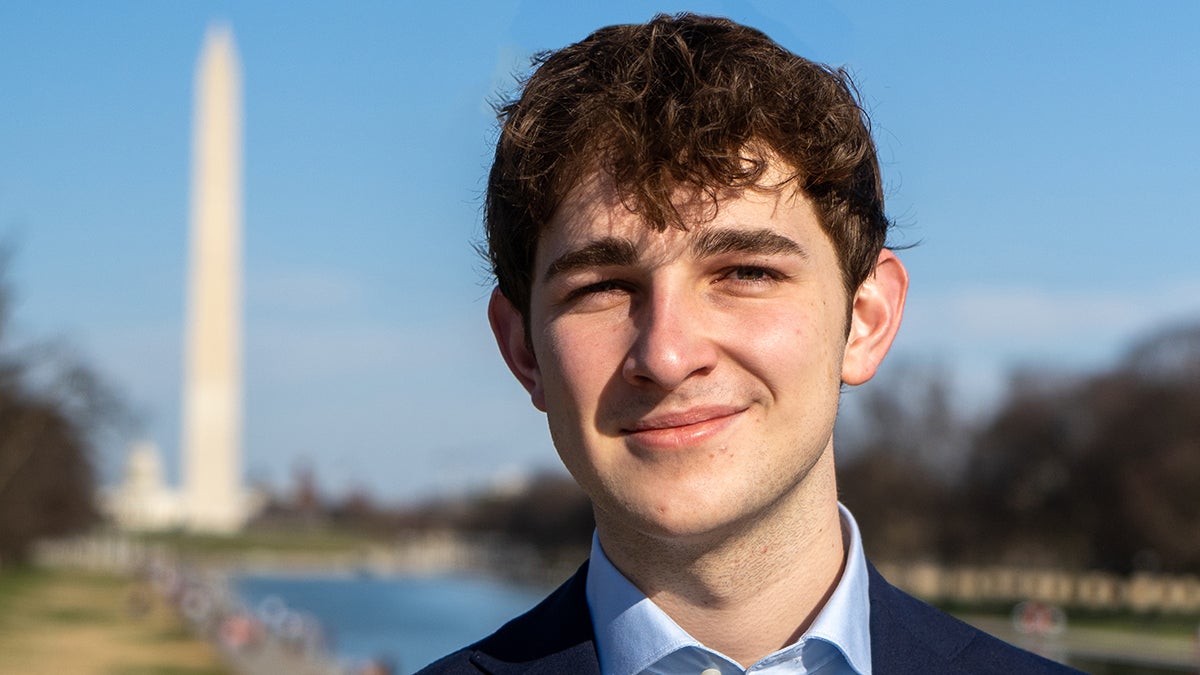First-Year Student 3D Prints Over 100 Prosthetics for Amputees
To the blind eye, Bryant Hill (B’24) is the typical college student at Georgetown University’s McDonough School of Business. He enjoys hanging out with friends, scootering around, and discovering the best sushi restaurants in Washington, D.C. What others may not know is that Hill has 3D printed more than 100 prosthetics for amputees — all from his childhood bedroom.
Hill was inspired to pursue this passion after reading online about an amputee who could not afford a prosthetic arm due to its increasingly high prices. He was amazed that such a basic privilege could be so inhibited by astronomical costs.
“Having arms is something that we take for granted,” said Hill. “I really never thought about it until I started meeting with the amputees and hearing about what pitfalls that they have with their current situations.”
Truly living out the Jesuit principles of “men and women for others,” Hill sought to make prosthetic arms more accessible. He began 3D printing out of his childhood bedroom, using a software called OpenSCAD to make his designs come to life. He simultaneously partnered with an organization called e-NABLE, an online global community of digital humanitarian volunteers who use 3D printers to make free and low-cost prosthetic upper limb devices for children and adults in need.
e-NABLE has connected Hill with more than100 amputees around the world, from young children to paralympians. Their locations range with some living right in Hill’s hometown of Houston, Texas, and others all the way in Sri Lanka. The process is entirely collaborative and on-going. Hill works closely with the amputees to develop the perfect prosthetic, and typically reaches out to them within the month to gather feedback and make sizing adjustments.
When asked about his experience working with an amputee, Hill enthusiastically described his work for a kindergarten student from Florida. A double amputee lacking both arms below the elbow, he asked for a spiderman-themed prosthetic.
“I worked on the prosthetic for him so that it could be completed before his first day of school,” he said. “I really enjoy working with kids and witnessing his excitement when he received it made the experience all the more rewarding.”
Hill’s work has seen wide-spread appeal, with his interview on Channel 4 about his work accumulating more than 4.8 million views. He wants to continue this mission as a Hoya, and is excited at the prospect of starting a chapter at Georgetown.
“I am hoping to start a college chapter of the organization when we return in person to campus,” said Hill. “Ideally, it would be a large student organization where tasks are equally divided between students and catered to the local community.”
